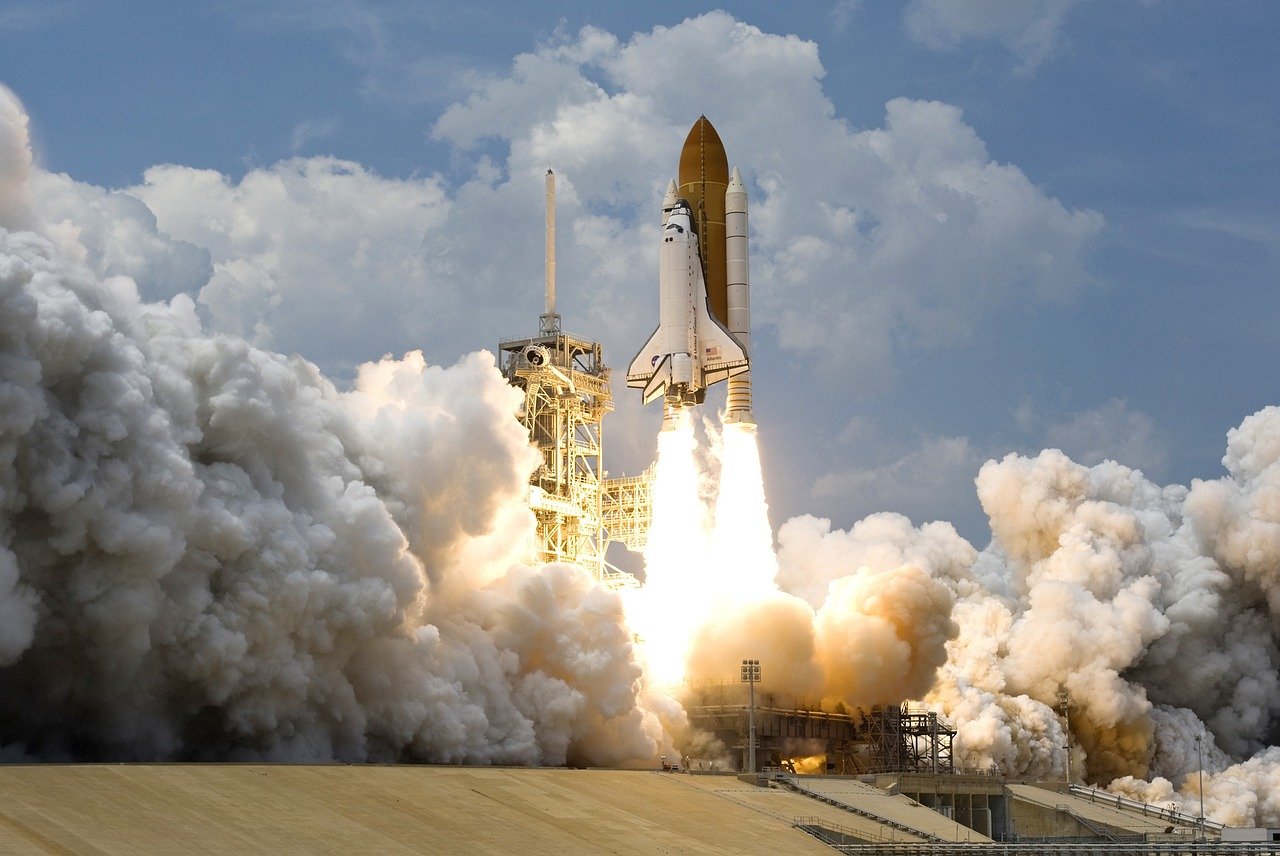Australia’s Space Sector: New Satellite Launches on the Horizon

Once considered a minor player in the global space industry, Australia is now preparing for a series of strategic satellite launches that could redefine its role in the 21st-century space economy.
The Lift-Off Begins
In 2025, the skies above Australia are growing more crowded — with good reason. A wave of planned satellite launches, led by both public and private stakeholders, is positioning the country as a southern hemisphere leader in orbital technology.
The Australian Space Agency (ASA), in collaboration with national research institutions and commercial partners, has announced no fewer than six launches in the next 18 months. These satellites range from Earth observation platforms to defense-grade communication systems.
"Australia has a strategic vantage point," says Dr. Karen Michaels, senior analyst at the Space Industry Association of Australia. "We're geographically ideal for tracking and launching satellites, particularly in low-Earth orbit. The global market is recognising that."
Who’s Launching What?
Among the most anticipated missions is **Kanyini**, a cube satellite developed by Adelaide-based Myriota and Inovor Technologies in collaboration with the South Australian government. It’s designed to monitor environmental conditions, bushfires, and water resources using Internet of Things (IoT) sensors.
Meanwhile, **Fleet Space Technologies**, also headquartered in South Australia, plans to expand its private satellite constellation by launching new nanosatellites for mining analytics and remote sensing. Their initiative, known as “Centauri,” aims to provide real-time subsurface data for the energy and mining sector.
On the government side, **Defence Space Command** is investing in sovereign space capabilities. Several military-grade communication and surveillance payloads will be launched in cooperation with international allies and through commercial rocket providers like **Rocket Lab** and **SpaceX**.
A Growing Infrastructure
Supporting this orbital activity is a growing network of launch facilities and ground stations. The **Whalers Way Orbital Launch Complex** near Port Lincoln, South Australia, operated by Southern Launch, is the nation's most advanced launch site, hosting vertical rocket tests and suborbital launches.
Another major player is **Equatorial Launch Australia (ELA)**, which operates the Arnhem Space Centre in the Northern Territory. In partnership with NASA, ELA conducted three sounding rocket launches in 2022 — Australia’s first commercial launches to space.
The Why Behind the Satellites
The value of satellite technology for a country like Australia is immense:
- Disaster Monitoring: Satellites can provide early detection and response data for bushfires, floods, and cyclones.
- Agriculture: Precision agriculture benefits from satellite imaging to track crop health and soil moisture.
- National Security: Secure communication systems and surveillance are essential for a country with a vast landmass and critical maritime borders.
- Climate Science: Australia's position makes it ideal for monitoring Antarctic changes and southern hemisphere climate patterns.
"The satellites we launch today are the infrastructure of tomorrow," says ASA Director Enrico Palermo. "They support everything from Uber to emergency services. Australia's independence in this field is critical."
Collaboration is Key
Australia's space momentum isn't happening in isolation. The country is an active partner in the **Artemis Accords**, a U.S.-led initiative to promote peaceful exploration of the Moon and beyond. Australia has also signed MOUs with Japan, the UK, and India for satellite data-sharing and launch collaboration.
Australian universities like UNSW, ANU, and Swinburne are contributing to micro-satellite R&D, while TAFE institutions begin rolling out new space engineering certifications. There's a growing push to nurture homegrown talent, with a goal of creating 20,000 space jobs by 2030.
Private Investment Is Soaring
The private sector sees potential. According to Deloitte Australia, venture capital investment in the Australian space sector has more than tripled since 2020. Startups like **Gilmour Space Technologies** and **Neumann Space** are attracting global attention for their propulsion systems and orbital tech.
Gilmour, based in Queensland, is preparing to launch its first hybrid-fuel rocket — the **Eris** — from the Bowen Orbital Spaceport later this year. This would mark the first sovereign orbital launch on Australian soil.
Challenges Still in Orbit
Despite the optimism, hurdles remain. Australia still lacks a national satellite registry. There are also regulatory delays, a shortage of launch insurance options, and ongoing questions about environmental compliance for rocket sites.
Additionally, a "brain drain" continues to pull talent toward U.S. and European agencies. Ensuring competitive salaries and cutting-edge research opportunities at home is a priority for the industry.
Looking Ahead: Australia in Orbit
The next 24 months will be crucial. Australia is no longer merely watching the space race — it's entering the launchpad itself. Whether for climate security, digital communications, or national defence, the nation’s new satellites will do more than orbit the Earth — they will orbit the future.
“Space is no longer science fiction for Australia,” says Palermo. “It’s a sector, an industry, and soon — a legacy.”